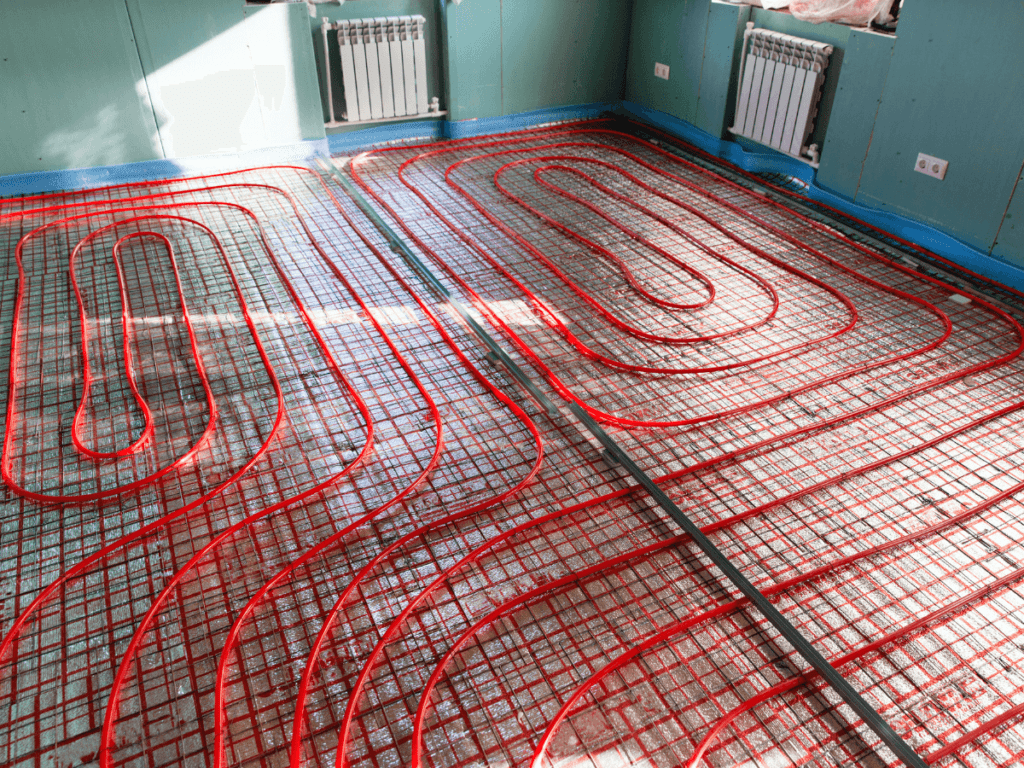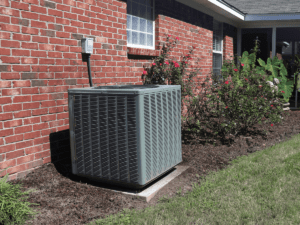Radiant floor heating are a popular way to keep our homes warm and cozy, but did you know the disadvantages of using this type of heating system?
Radiant floor heating involves heating the floor itself which then radiates warmth into the room.
While this can be an efficient and comfortable way to heat a home, it is important to be aware of the potential drawbacks.
In this article, we will explore the disadvantages of radiant floor heating so you can make an informed decision whether it’s the right choice for your home.
The Most Common Disadvantages of Radiant Floor Heating System
Here are the set of disadvantages of radiant floor heating system.

Time Consuming: Radiant floor heating has one of the major disadvantages is a time-consuming installation process.
For installing a radiant electric floor heating system you will first need to apply a self-leveling compound that will consume about a day or two to get dry.
And if you are installing a water-based radiant system then it will even take longer to dry and installed.
Cost & Installation: Another disadvantage is the increased upfront installation cost, as you would need to buy materials and hire a professional for the installation…
which can ultimately gets it more expensive when compared to other heating systems.
Even if you are willing to reconstruct your existing home with radiant floor heating…
that can also be a very challenging and costly procedure, as a lot of significant modifications to your flooring will be required.
Floor Height: Radiant floor heating increases the height of your floor.
Electric-radiant heated floors can add about an inch of height to your existing floor, while hydronic radiant heated floors can elevate the height even more.
Adding insulation boards or a membrane to make the heating system more efficient will further increase your floor height.
This may cause issues if you have inward-opening doors in your room or place.
The door may not open or can always be stuck in between whenever you open it.
Height increase can also be a problem if you are installing radiant heating in a room with a low ceiling height.
Replace Old Flooring: If you want to install a new radiant heating system you will have to replace your existing flooring.
For it to be effective because the floor covering should be thin and conductive such as ceramic tiles…
and if the flooring is thick then the under-radiant heating system won’t be that much effective causing you a loss of money and time.
Lag in Heating Process: Another drawback is a lag in the heating process that can lead to an overheating situation for you.
This can occur if there is another source of natural heating taking place at the same time such as passive sunlight the sun that is already delivering heat to your space.
The heat from the sun will get your space heated up directly from the air in no time and radiant floor heating will only become useless.
Constant Heat: If you want constant heating and at the same time if you are a person who likes switching on and off their heating system often…
then it will be a drawback for you to have radiant floor heating because it takes longer time to warm up a room or space from 0 to 100.
Compared to other heating systems hence making it flop for a quick warming up solution.
Conclusion
It is necessary to be aware of the drawbacks of radiant floor heating before you adopt it as a system to heat your home.
These disadvantages include high installation and maintenance costs, the slow heating time, & the potential for damage to flooring materials.
However, with proper installation and maintenance, many of these problems can be mitigated.







